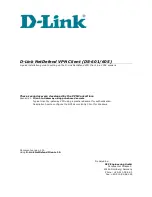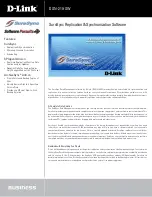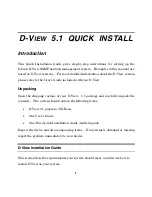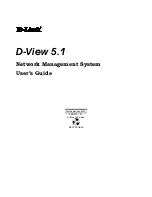
Copyright © Acronis, Inc., 2000-2010
51
2.12.3
Universal Restore (Acronis Backup & Recovery 10 Universal
Restore)
Acronis Backup & Recovery 10 Universal Restore is the Acronis proprietary technology that helps
recover and boot up Windows on dissimilar hardware or a virtual machine. The Universal Restore
handles differences in devices that are critical for the operating system start-up, such as storage
controllers, motherboard or chipset.
Acronis Backup & Recovery 10 Universal Restore purpose
A system can be easily recovered from a disk backup (image) onto the same system or to identical
hardware. However, if you change a motherboard or use another processor version—a likely
possibility in case of hardware failure—the recovered system could be unbootable. An attempt to
transfer the system to a new, much more powerful computer will usually produce the same
unbootable result because the new hardware is incompatible with the most critical drivers included
in the image.
Using Microsoft System Preparation Tool (Sysprep) does not solve this problem, because Sysprep
permits installing drivers only for Plug and Play devices (sound cards, network adapters, video cards
etc.). As for system Hardware Abstraction Layer (HAL) and mass storage device drivers, they must be
identical on the source and the target computers (see Microsoft Knowledge Base, articles 302577
and 216915).
The Universal Restore technology provides an efficient solution for hardware-independent system
recovery by replacing the crucial Hardware Abstraction Layer (HAL) and mass storage device drivers.
Universal Restore is applicable for:
1.
Instant recovery of a failed system on different hardware.
2.
Hardware-independent cloning and deployment of operating systems.
3.
Physical-to-physical, physical-to-virtual and virtual-to-physical machine migration.
The Universal Restore principles
1.
Automatic HAL and mass storage driver selection.
Universal Restore searches for drivers in the network folders you specify, on removable media
and in the default driver storage folders of the system being recovered. Universal Restore
analyzes the compatibility level of all found drivers and installs HAL and mass storage drivers that
better fit the target hardware. Drivers for network adapters are also searched and passed to the
operating system which installs them automatically when first started.
The Windows default driver storage folder is determined in the registry value
DevicePath
, which can be
found in the registry key
HKEY_LOCAL_MACHINE\SOFTWARE\Microsoft\Windows\CurrentVersion
. This
storage folder is usually WINDOWS/inf.
2.
Manual selection of the mass storage device driver.
If the target hardware has a specific mass storage controller (such as a SCSI, RAID, or Fibre
Channel adapter) for the hard disk, you can install the appropriate driver manually, bypassing the
automatic driver search-and-install procedure.
3.
Installing drivers for Plug and Play devices.
Universal Restore relies on the built-in Plug and Play discovery and configuration process to
handle hardware differences in devices that are not critical for the system start, such as video,
audio and USB. Windows takes control over this process during the logon phase, and if some of
the new hardware is not detected, you will have a chance to install drivers for it later manually.
















































